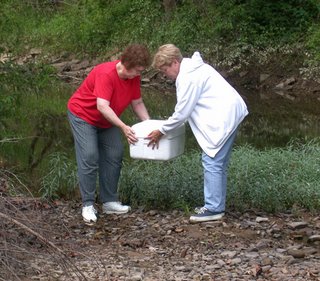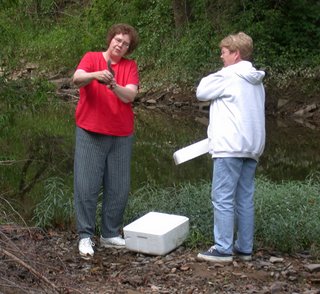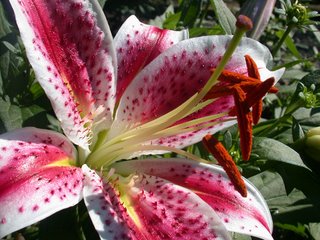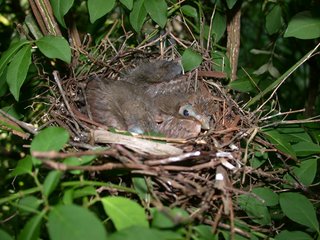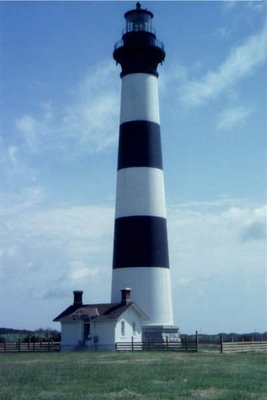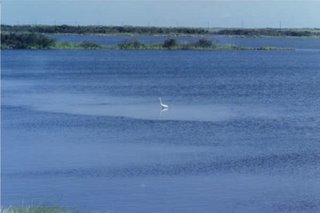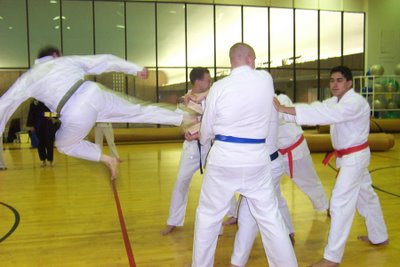A Very Exciting Butorides Rescue!
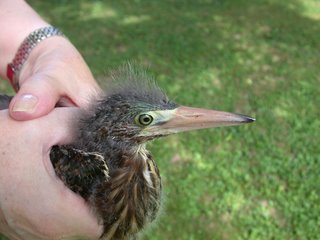
This weekend we had the pleasure of staying with our friends, Dan and Pix, in Seebert. Seebert is a very small rural community located along the Greenbrier River in Pocahontas County. Pix and Dan own a wonderful cabin in the area. On Saturday morning, we decided to head out for an adventure, and we did not have to move the car thirty feet before we found our excitement for the day.
Pix looked across at the neighbor’s and said “What is that bird?” There was a long-legged bird walking under a parked car. To our horror, a cat was also observing this feathered beast and actively stalking it! The bird was dragging his wings when he saw the cat and the herd of humans approaching. Dan, Pix, and Judy (my wife who I have appropriately dubbed throughout the years as “the bird nurse” because she has saved so many of the songbirds that collide with our windows) ran to the bird. Somehow they diverted the cat’s attention and Judy whisked the bird into the safety of her hands when he ran into a corner against the neighbor’s porch and steps.
It did not take us long to realize that this was a young Green Heron (Butorides virescens). We immediately took the bird and setup a recovery station on the screened in back porch. After careful observation we decided that this young heron was not injured and needed only a safe habitat. His wing spreading was only a defensive mechanism to make himself look bigger and more formidable.
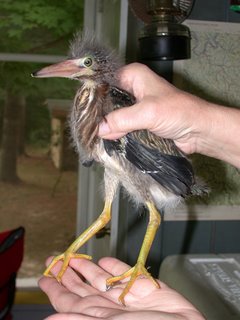
Here are some cool facts about the Green Heron:
- The Green Heron is one of the few tool-using birds. It commonly drops bait onto the surface of the water and grabs the small fish that are attracted. It uses a variety of baits and lures, including crusts of bread, insects, earthworms, twigs, or feathers.
- The Green Heron is part of a complex of small herons that sometimes are considered one species. When lumped, they are called Green-backed Heron. When split, they are the Green Heron, the widespread Striated Heron, and the Galapagos Heron.
- As is typical for many herons, the Green Heron tends to wander after the breeding season is over. Most wanderers probably seek more favorable foraging areas and do not travel far. But,occasionally some go farther, with individuals going as far as England and France.
The photos below show the team of Pix and Judy returning the Green Heron to the backwaters of the Greenbrier River.


